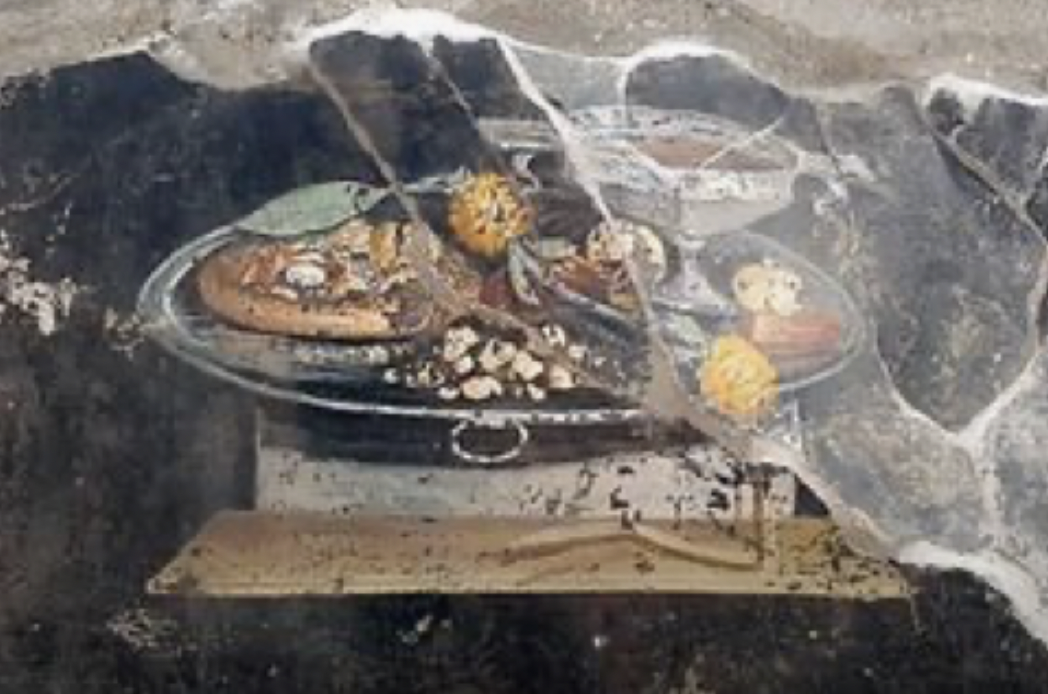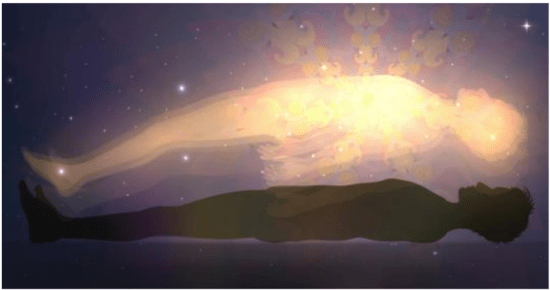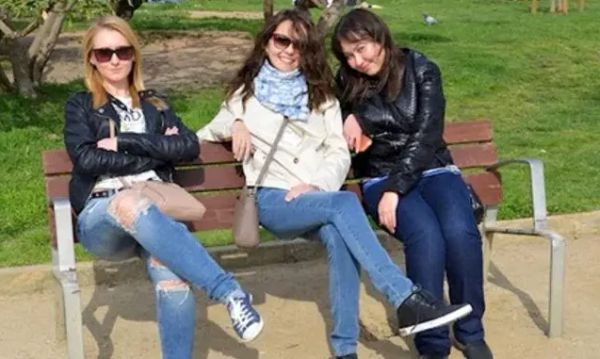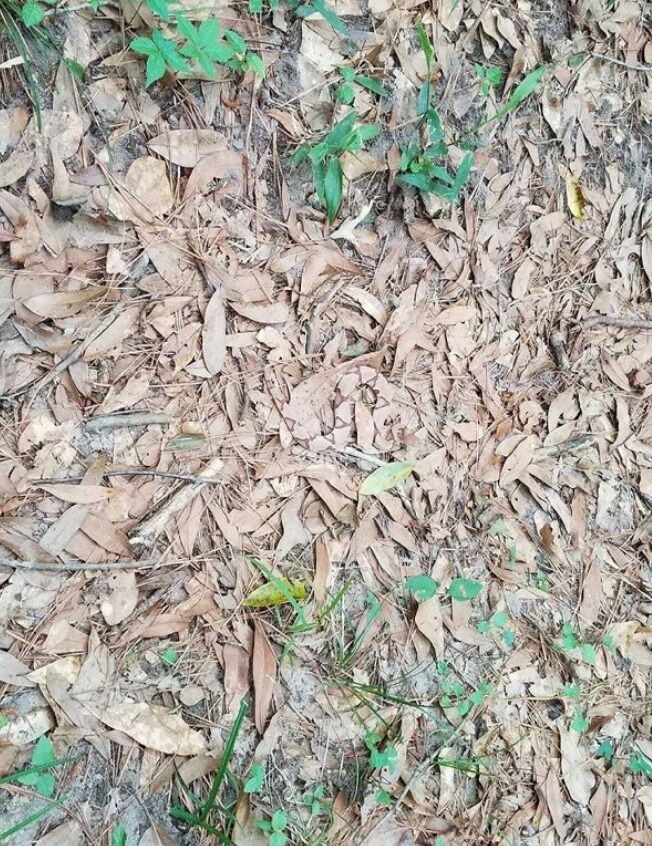The dish was identified as potentially being a “distant ancestor” of pizza by Gabriel Zuchtriegel, the director of the Pompeii archaeological park.
An ancient picture that appears to depict a dish that may have existed before pizza, one of the most widely consumed foods in the world, has been discovered by archaeologists in Italy.
The 2,000-year-old artwork was discovered inside a house close to a bakery during recent Regio IX excavations in the heart of Pompeii, according to a news release from the Italian Ministry of Culture distributed on Tuesday.
Pizza’s “distant ancestor” appears to be one of the foods depicted in the picture, according to Gabriel Zuchtriegel, the director of the Pompeii archaeological park.
The ministry’s Italian-language press release noted that the pizza-like item conspicuously lacked mozzarella cheese and tomatoes, two ingredients that are integral to the well-known Italian cuisine.
Instead, experts think the meal was a “focaccia,” an Italian bread that frequently has different toppings baked into it. This specific meal appeared to have a pesto-like sauce with spices on top.
According to The Art Newspaper’s translation of a video posted by Pompeii Archaeological Park’s official YouTube channel, Zuchtriegel commented, “The image makes me think of a pizza [especially] since we are close to Naples.”
Zuchtriegel continued, “Of course it’s not a pizza, but it might have been a distant ancestor of this food.”

According to Zuchtriegel, the artwork, which includes depictions of a wine goblet and fruits, illustrates the similarities between a “frugal and simple meal” and the “luxury of silver trays,” as reported by the BBC.
“How can we fail to think, in this regard, of pizza, also born as a ‘poor’ dish in southern Italy, which has now conquered the world and is also served in starred restaurants,” Zuchtriegel said.
The dramatic eruption of Mount Vesuvius in 79 A.D. destroyed the city of Pompeii, according to the United Nations Educational, Scientific, and Cultural Organization (UNESCO).
According to the BBC, archaeologists have been excavating the region since January.




